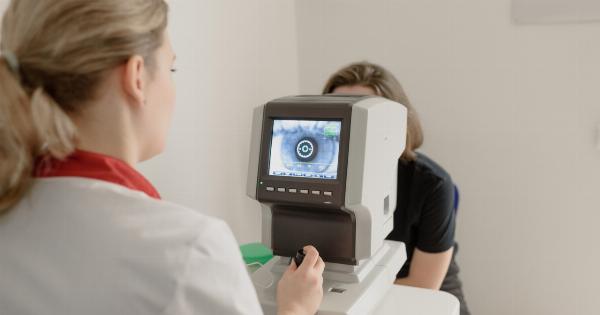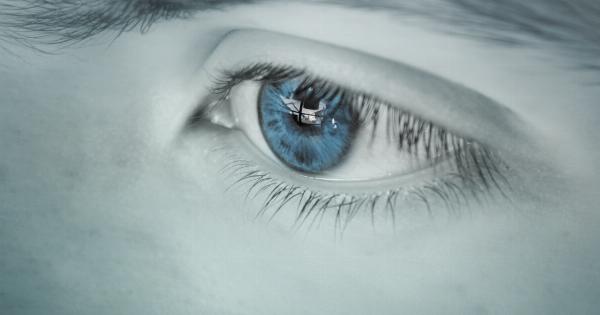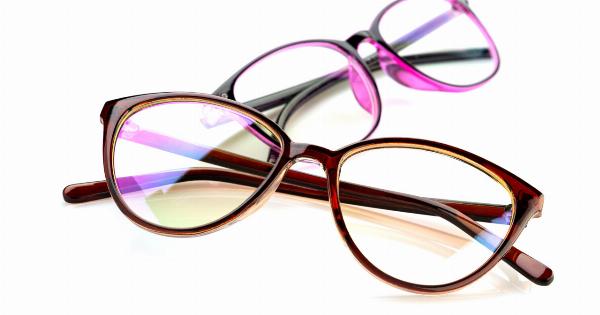Have you ever wondered why some people struggle with distinguishing certain colors? Color vision deficiency, also known as color blindness, is a condition that affects the ability to perceive and differentiate various colors accurately.
In this article, we will explore what color vision deficiency is, its types, causes, symptoms, diagnosis, and available treatment options. Let’s dive in!.
The Basics: What is Color Vision Deficiency?
Color vision deficiency is a condition in which a person experiences difficulty in perceiving certain colors or confusing them with other colors.
Most commonly, individuals with color vision deficiency have trouble distinguishing between red and green colors, although other color combinations may also be affected. This condition occurs due to abnormalities in specialized cells in the retina called cones, which are responsible for perceiving different colors.
Types of Color Vision Deficiency
Color vision deficiency can be classified into three main types:.
1. Protanomaly:
People with protanomaly have reduced sensitivity to red light, making it difficult to differentiate between shades of red and green. Red appears more like green, and colors may appear less bright overall.
2. Deuteranomaly:
Deuteranomaly is the most common type of color vision deficiency. Individuals with deuteranomaly have reduced sensitivity to green light. They may have difficulty distinguishing between shades of green, red, and orange colors.
3. Tritanomaly:
Tritanomaly is a rare type of color vision deficiency that affects the perception of blue and yellow colors. People with tritanomaly may find it challenging to differentiate between these colors.
Causes of Color Vision Deficiency
Color vision deficiency can be inherited or acquired due to various factors:.
1. Inherited:
The most common cause of color vision deficiency is genetics. It is passed down from parents to their children through specific genes carried on the X chromosome. As a result, this condition predominantly affects males.
2. Aging:
As we age, our color perception may naturally decline. The aging process can cause a gradual loss of cone cells in the retina, leading to mild color vision deficiency in some individuals.
3. Eye Diseases and Conditions:
Certain eye diseases and conditions, such as glaucoma, cataracts, macular degeneration, and diabetic retinopathy, can cause acquired color vision deficiency.
These conditions affect the health and functioning of the retina and the optic nerve, leading to color perception problems.
Symptoms of Color Vision Deficiency
The symptoms of color vision deficiency vary depending on the type and severity of the condition. Some common signs include:.
1. Difficulty distinguishing certain colors:
Individuals with color vision deficiency may struggle to tell the difference between specific colors, especially red and green.
2. Color confusion:
Colors may appear washed out or distorted, and individuals may have difficulty naming or matching colors accurately.
3. Trouble with color-coded information:
People with color vision deficiency may find it challenging to interpret color-coded charts, graphs, or maps.
4. Eye strain:
Straining the eyes while trying to identify colors or read color-coded information can lead to eye fatigue and discomfort.
Diagnosing Color Vision Deficiency
If you suspect that you or someone you know may have color vision deficiency, it is essential to consult an eye care professional for a comprehensive eye examination. Eye examinations for color vision deficiency typically include the following:.
1. Color Blindness Tests:
The most common color blindness test is the Ishihara Color Test, which uses a series of plates containing dots of different colors and sizes. These tests help identify the type and severity of color vision deficiency.
2. Anomaloscope:
An anomaloscope is a specialized device that measures an individual’s ability to match colors accurately. This test helps determine the specific nature of color vision deficiency.
3. Additional Eye Tests:
The eye care professional may conduct other tests to assess the overall health of the eyes, including visual acuity, peripheral vision, and examination of the retina and optic nerve.
Treatment Options for Color Vision Deficiency
Currently, there is no known cure for inherited color vision deficiency. However, there are some strategies and assistive technologies available to help individuals cope with this condition:.
1. Color Filters:
Special lenses with color filters can enhance color perception for some individuals with color vision deficiency. These filters modify the appearance of colors, making them more distinguishable.
2. Vision Correction:
Correcting any refractive errors, such as nearsightedness or farsightedness, through glasses or contact lenses can improve overall visual clarity and may enhance color vision perception.
3. Assistive Technologies:
Advances in technology have led to the development of various assistive devices, such as smartphone apps and specialized glasses, that can help individuals identify colors or interpret color-coded information more accurately.
Living with Color Vision Deficiency
While color vision deficiency cannot be completely cured, it is important to remember that most individuals with this condition can lead normal lives with some adjustments:.
1. Inform Others:
Let your family, friends, teachers, and colleagues know about your color vision deficiency, so they can assist you when color-dependent tasks or situations arise.
2. Use Labels and Markers:
Labeling clothing, objects, or files with different textures or patterns can help you identify them easily instead of relying solely on color cues.
3. Opt for Contrasting Colors:
When choosing clothing or home decor, opt for colors that have a clear contrast. Pairing light and dark shades will help distinguish between them more easily.
4. Utilize Online Tools:
Several online tools and resources can help simulate how individuals with color vision deficiency perceive colors. These tools can aid in selecting color palettes or ensuring accessibility in web design.
Remember, color vision deficiency is not a barrier to success or a hindrance in daily life. With some minor adjustments and awareness, individuals with color vision deficiency can navigate the colorful world around them.


























